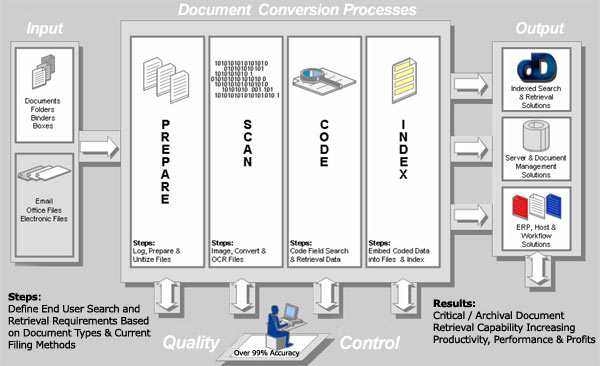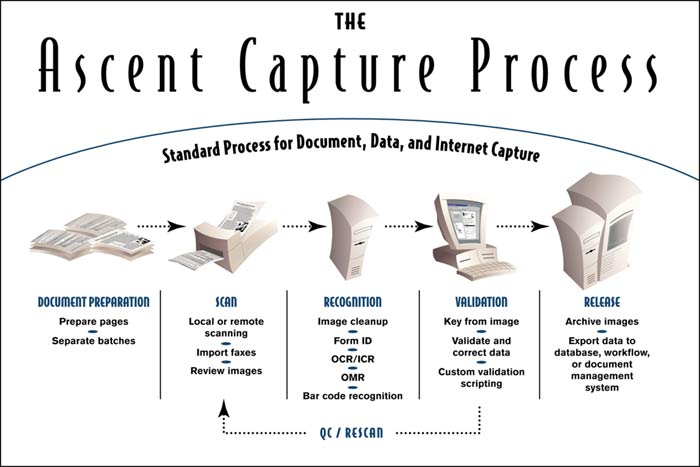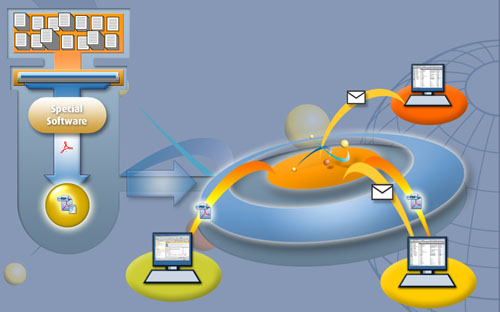Products
Virtual Flight Pouch -With the introduction of e-Freight the standard pouch containing Forwarder documents will be eliminated in its place we will see a virtual pouch. This envelope will contain all the necessary documents which are now being carried by the airlines but the Virtual Flight Pouch (VFP) will be available to the Forwarders on the web.
Advantages It is expected that this VFP will be prepared by the Forwarder at least 2 hrs prior to flight time, therefore all documents within the Pouch may be accessed by the destination station as soon as the Freight has been tendered to the carrier. Typically this would be flight time plus two hours. Additionally the forwarder does not have to send additional pre-alert e-mails or faxes. Due large attachments in some cases these docs have to faxed due to system limitations for e-mailing the document. All documents are available for inspection by CBP or TSA at origin. Carriers will carry on an average for wide-body freighter approximately 90 to 200kg less in paper documents.
Disadvantages
Forwarders are skeptical about the security of their documents being:
• Secure
• Available when needed
• Possibility that authorities might target them unnecessarily
• Proprietary information might be shared with third parties.
• Files not stored for the time limit required by the authorities.
Mitigation
In order to reassure the forwarding community that their documents are safe and secure it will be necessary to:
• Have a secure envelope which may only be opened by authorized persons
• An activity history and audit trail
• Two options
o Store the data
o Destroy data as soon as flight is cleared at destination.
• Documents must be mirrored in 3 locations
• Storage capacity to accommodate 7 years of images
• Retrieval of documents may be accomplished by using either MAWB or HAWB number or combination of words or numbers.
Program requirements
• All documents are held in a PDF format.
• Hierarchy of document will be
o VFP Flight number + number of AWB + location
o Agent Pouch Agent tag + AWB
• AWB
• HAWB
• Sub HAWB
• Documents are divided by Transportation and non Transport related categories
• AWB is stored as Transport document as is DGR declaration and check sheet.
• All other docs are held in a separate area either CBP related or TSA related.
• Documents are identified by a Standard Document code.
• Documents may be auto generated or scanned into the file.
• All documents are identified either by the AWB number or HAWB identifier.
• Secondary identifiers such as Shipper/Agent name may be added to the file.
Document creation
The minimum requirements to satisfy TSA & CBP requirements are.
• MAWB copy to be either scanned or FTP to server.
• HAWB copy to be scanned or FTP to server
• Commercial Invoice scanned
• Packing List scanned
• TSA document scanned
• AES confirmation scanned
• Certificate of Origin scanned.
There are two categories of Forwarders one that has capability to transmit messages via Cargo IMP to the carriers and others who have very basic scanning capabilities. For this exercise we shall call them Advanced for those that have EDI capability & Regular for those that don’t.
Flight process
1. Flight pouch contains the carrier flight number & date. & all AWB manifested on the flight.
2. within the pouch is the MAWB agent pre fix & location, if split the MAWB is repeated as many times as there are splits & the location of those pcs.
3. Opening this will allow drill down to the HAWB or Sub HAWB that may exist.
Retrieval process The documents in a VFP may not be retrieved without a password. The reason for retrieval must be stated & recorded. The PDF may only be viewed no print is possible; all print request must go back to the Forwarder. The document owner will also be notified of any document retrieval request.










